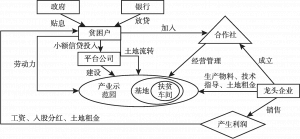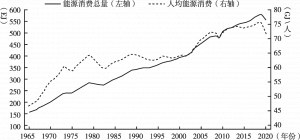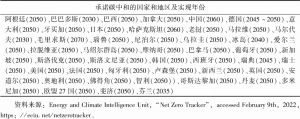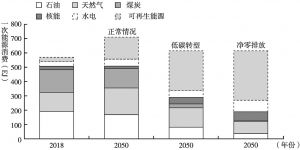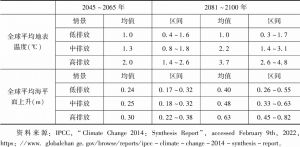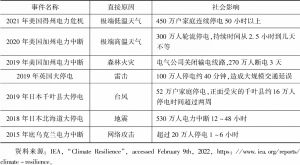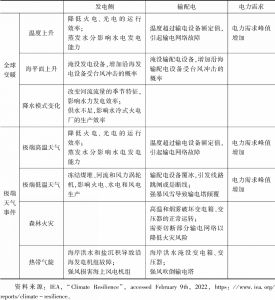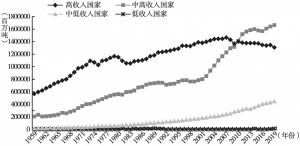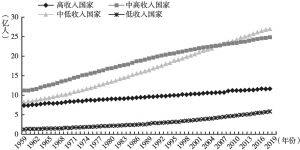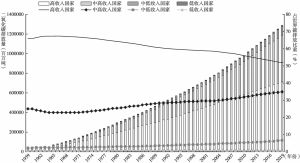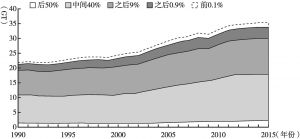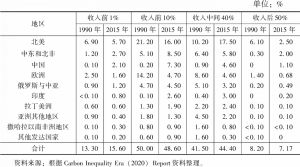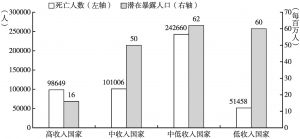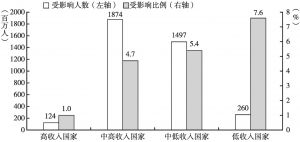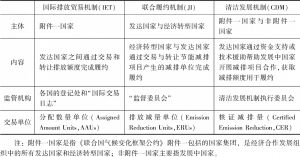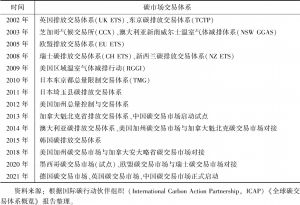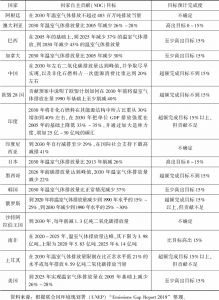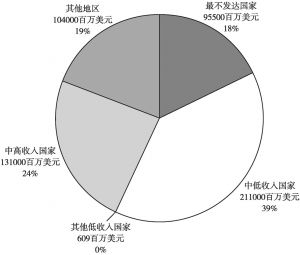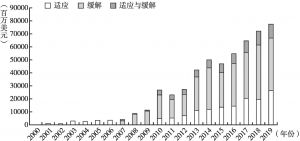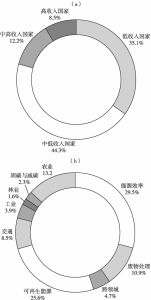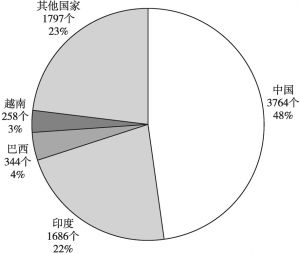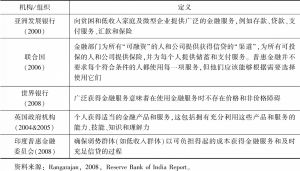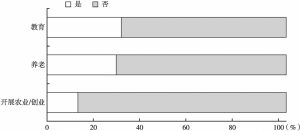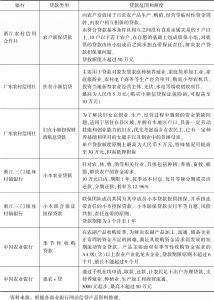章节
气候变化下的可持续发展问题
关键词
作者
李星皓 ,西南财经大学经济学院2019级博士研究生,主要研究方向为金融科技、碳中和。
吴秀琴 ,西南财经大学经济学院2018级博士研究生,主要研究方向为气候金融、公司金融、能源与环境。
陈雨诗 ,毕业于西南财经大学经济学院,外企市场分析师,主要研究方向为物联网、智能制造、工业机器视觉、自动化。
余津嫺 ,博士,西南财经大学公共管理学院教授,博士生导师。主要研究方向为能源与环境可持续发展、气候变化及影响、农业发展与灾害等,通过建模、实证、政策调研等方法进行理论和应用研究,上述研究成果发表于Applied Energy,Energy Economics,Energy Policy,Natural Hazards,Safety Science等学科权威期刊上。现主持并参与多项国家级项目,担任多个国际SSCI期刊论文审稿人,Atmosphere,Finance Research Letters期刊特刊编辑。
检索正文关键字
章节目录
-
第一节 气候变化下的能源安全问题
- 一 气候变化下的能源系统
- 二 能源安全与电力安全
- (一)关于能源安全
- (二)关于电力安全
- 三 气候变化影响电力安全的路径
- (一)全球变暖对电力安全的影响
- (二)极端天气事件对电力安全的影响
- 四 现实案例
- (一)气候变化产生负面冲击的案例
- (二)气候变化产生积极影响的案例
- (三)相关政策影响电力安全的案例
- 五 应对措施
- (一)促进区域间电网互联互通
- (二)完善应对极端天气的措施
- (三)建立智能电网
- (四)发展储能技术
- 六 总结
-
第二节 气候变化下的碳排放不平等
- 一 碳排放不平等
- (一)国家间的碳排放不平等
- (二)富人与穷人的碳排放不平等
- (三)碳排放后果的不平等
- 二 气候公平
- (一)气候公平的内涵
- (二)气候公平的基本原则
- (三)“共同但有区别责任”原则
- 三 气候公平的国际实践
- (一)碳减排
- (二)气候资金
- (三)技术转让
- 四 “共同但有区别责任”原则的困境
- (一)共识性原则认识存在分歧
- (二)保障制度的缺失
- 五 中国支持发展中国家适应气候变化的实践
- (一)“一带一路”
- (二)南南合作
- 一 碳排放不平等
-
第三节 普惠金融在应对气候变化中的角色
- 一 气候变化与弱势群体脆弱性
- 二 普惠金融的作用
- (一)普惠金融的定义
- (二)普惠金融的作用
- 三 全球普惠金融概况
- 四 发展中国家普惠金融案例分析
- (一)印度
- (二)孟加拉国
- (三)中国
- 五 推进普惠金融的政策建议
查看更多>>>



